Park and Crossingham also tease thePokemonandPinguprojects in the works with Aardman, and so much more.
COLLIDER: I have a million questions for you guys.
MERLIN CROSSINGHAM: I’d go for [Wallace & Gromit]The Wrong Trousersmyself.
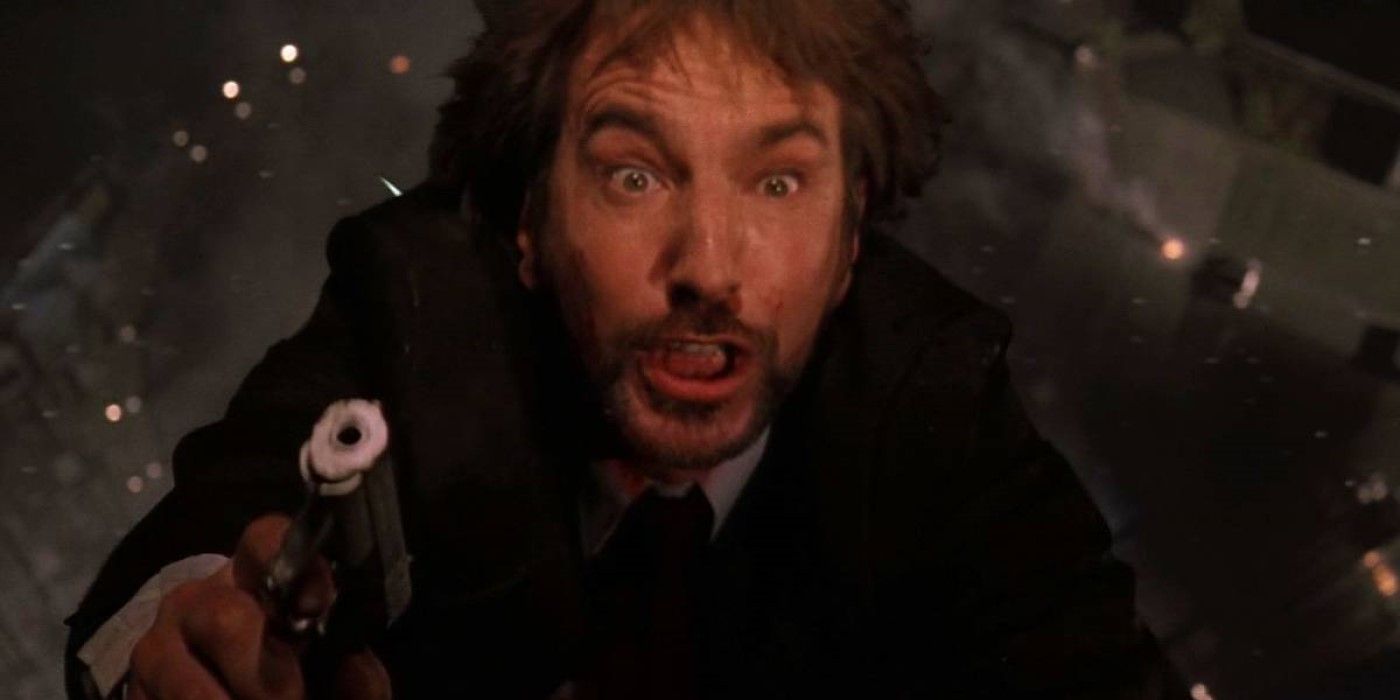
Image via 20th Century Studios
NICK PARK: I was going to say that, as well.
CROSSINGHAM: It’s kind of quintessentially Aardman and Wallace & Gromit and an amazing film.
I had nothing to do with it, so I feel very happy saying that.
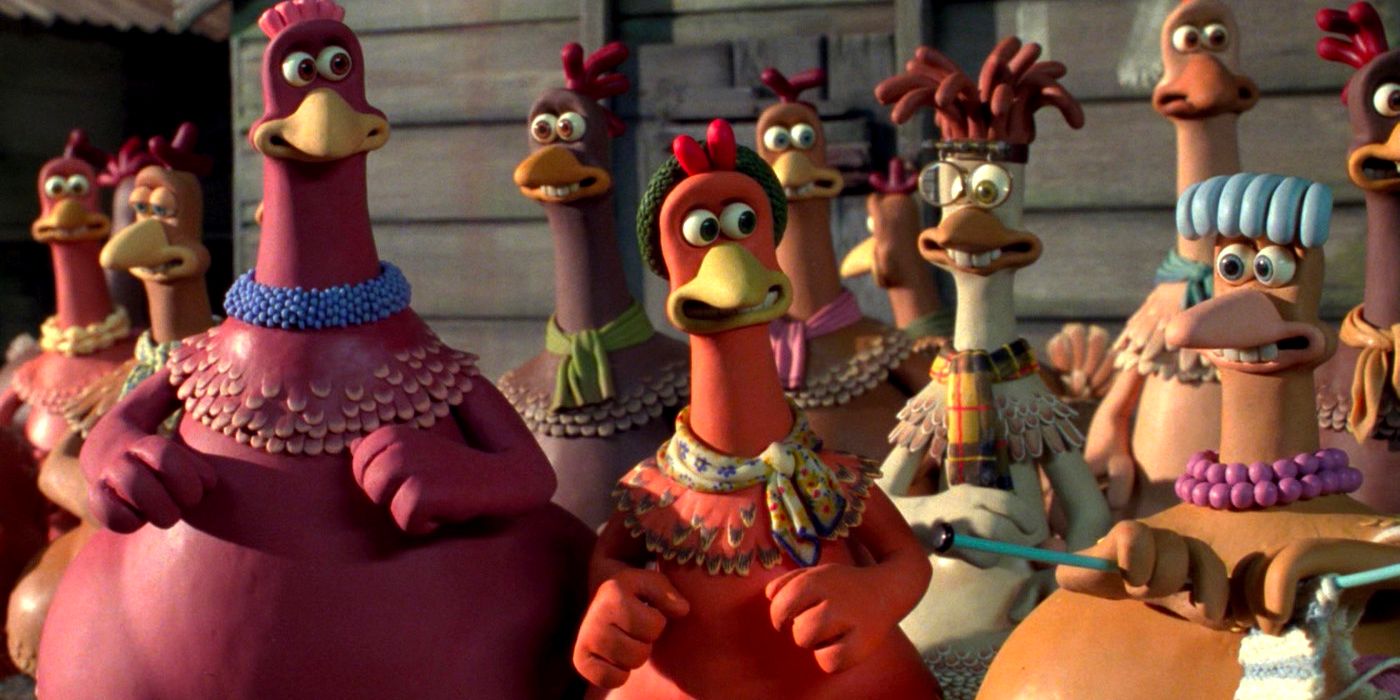
Image via DreamWorks Pictures
A lot of people think that Feathers McGraw is one of animation’s best villains.
So how would he fare against Alan Rickman’s Hans Gruber fromDie Hard?
CROSSINGHAM: [Laughs] I think he might give him a run for his money.
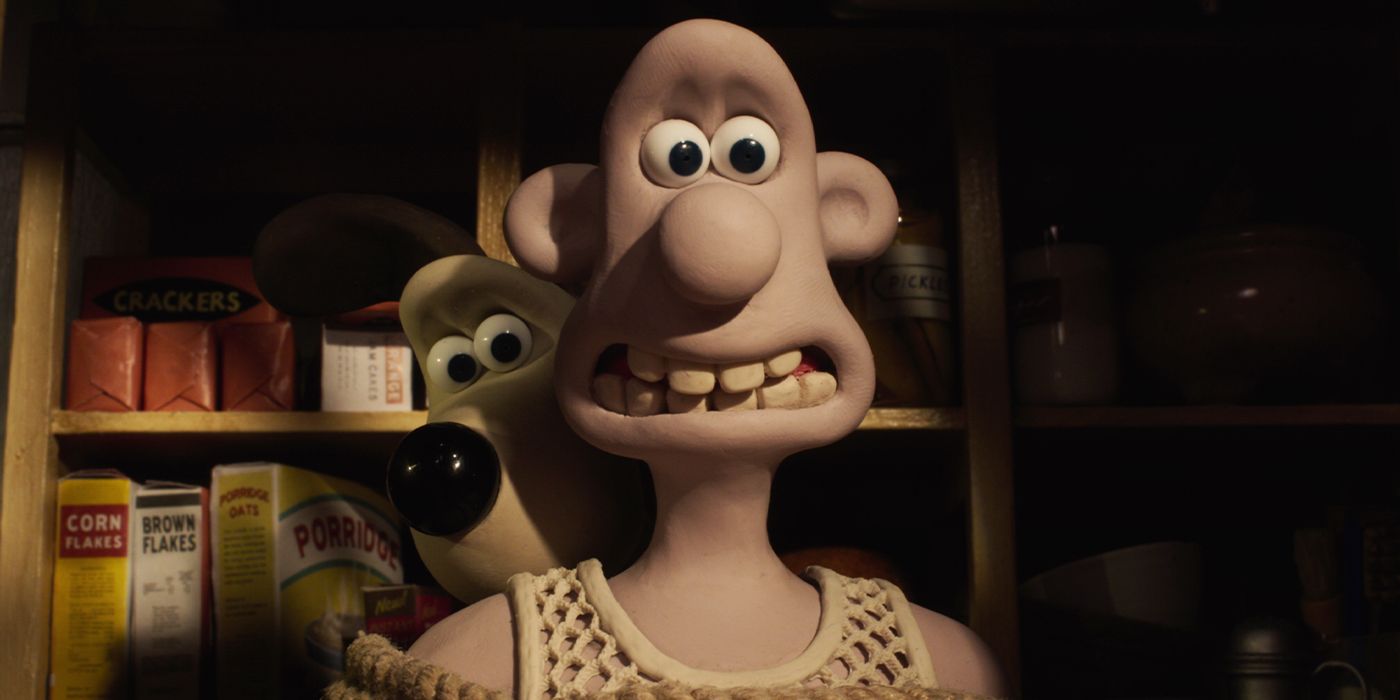
Image via Netflix
PARK: He could, yeah.
CROSSINGHAM:We actually referenced Hans Gruber falling off the building.
I think I’ve heard that, but I don’t know what’s true at this point.
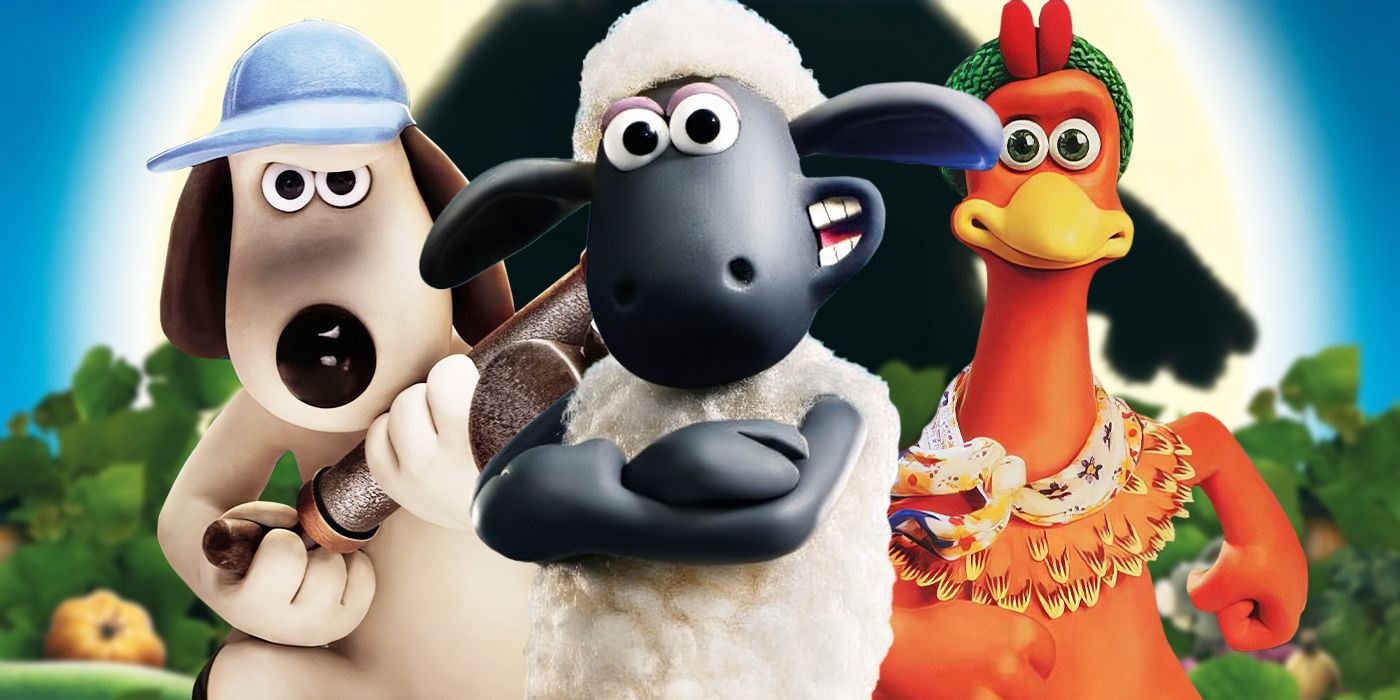
PARK: We didn’t tell Gromit either.
Will We Ever Get a Wallace & Gromit and Chicken Run Crossover?
We have discussed it.
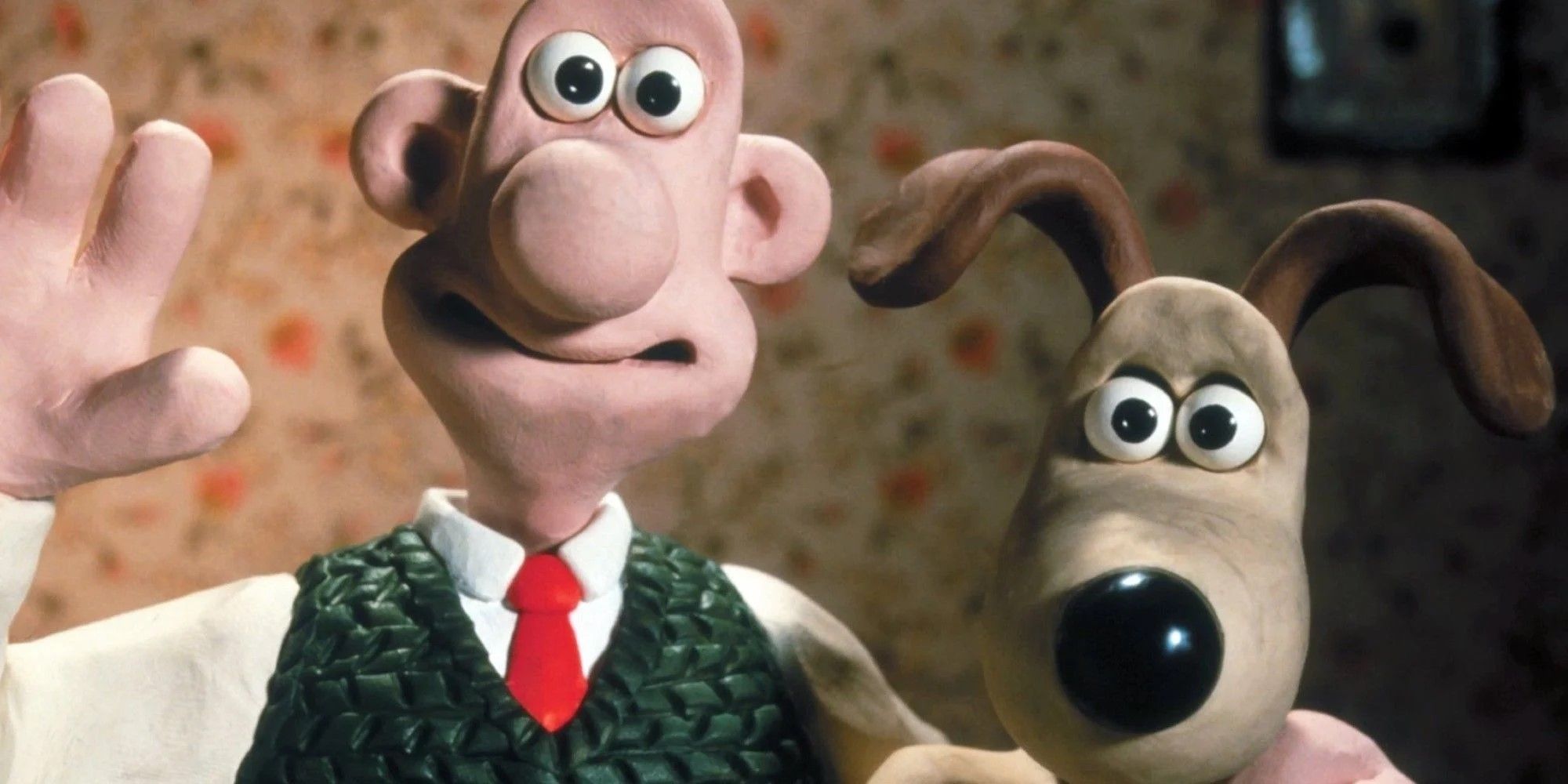
Image via Aardman Animation
What will it take to get aWallace & Gromit-Chicken Runcrossover?
CROSSINGHAM: [Laughs] Oh, quite a lot, I think.
PARK: A lot, yeah.
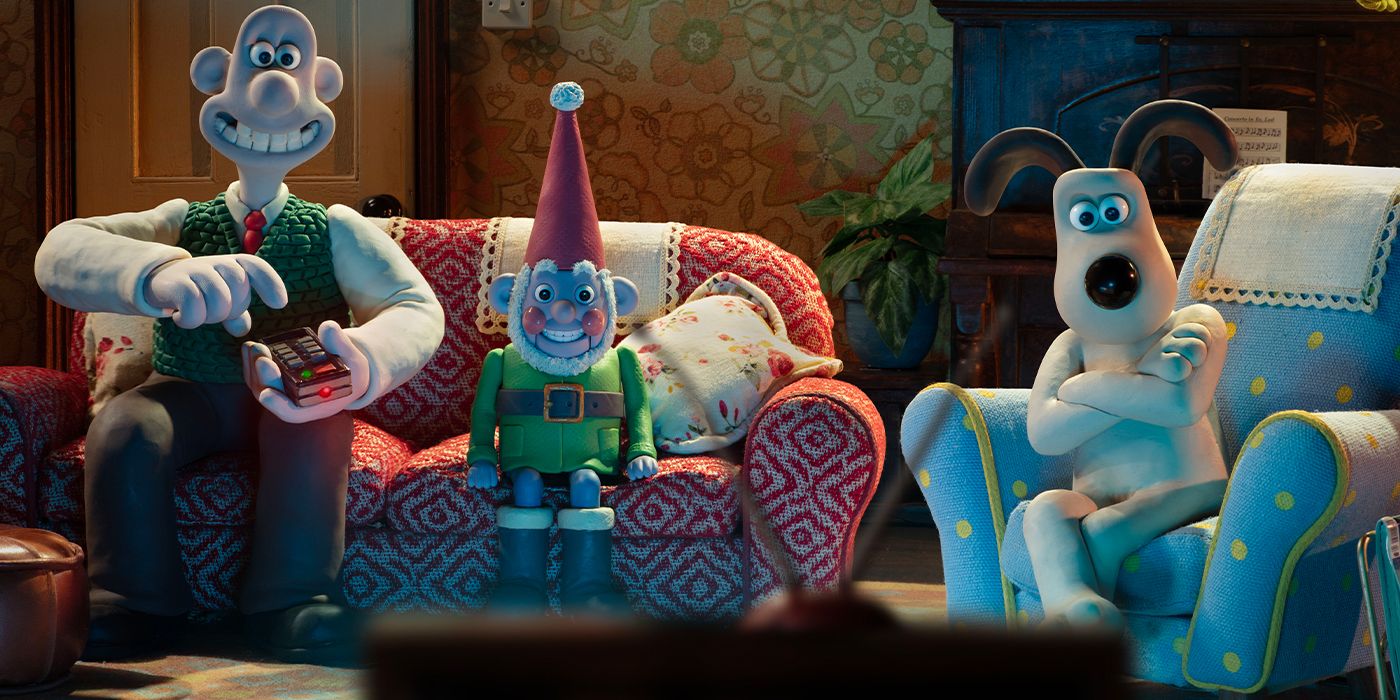
Image via Netflix
Is it something that you’ve actually ever thought about, or not at all?
PARK: We tend to keep the worlds separate.
We have discussed it.
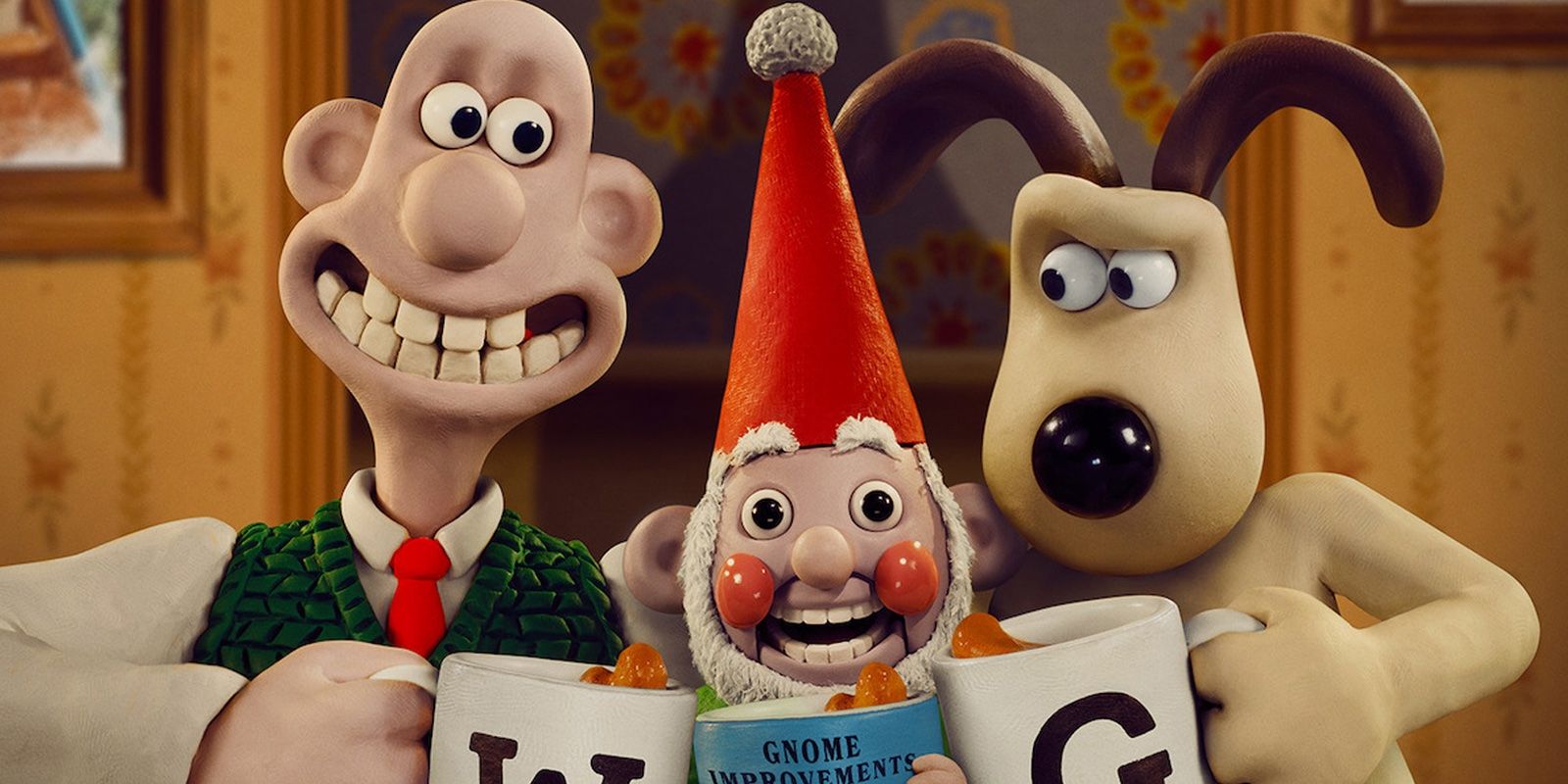
While makingChicken Run,we talked about, Should there be any reference to Wallace and Gromit?
Like them going past in the distance on the bike or something like that.
CROSSINGHAM: In the final shot.
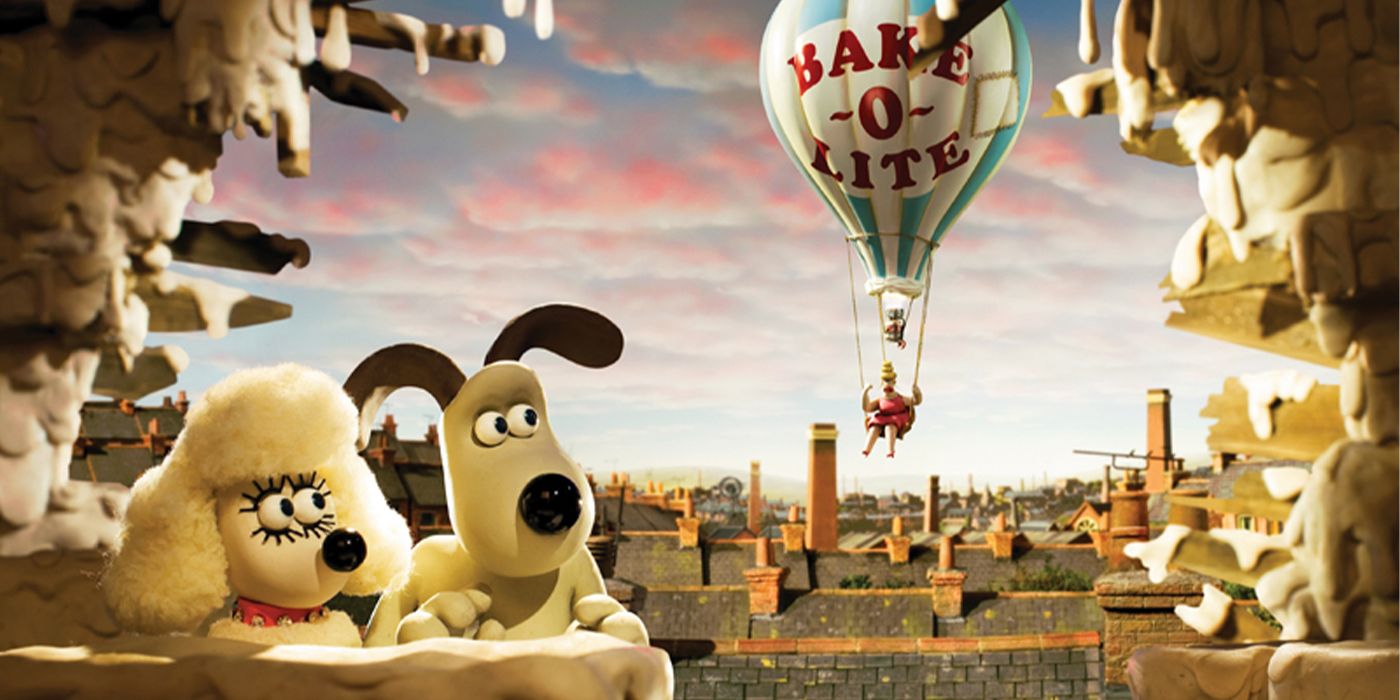
Image via BBC
PARK: In the very final shot.
In Shaun the Sheep, the design is subtly different.
We do very purposefully keep them separate.
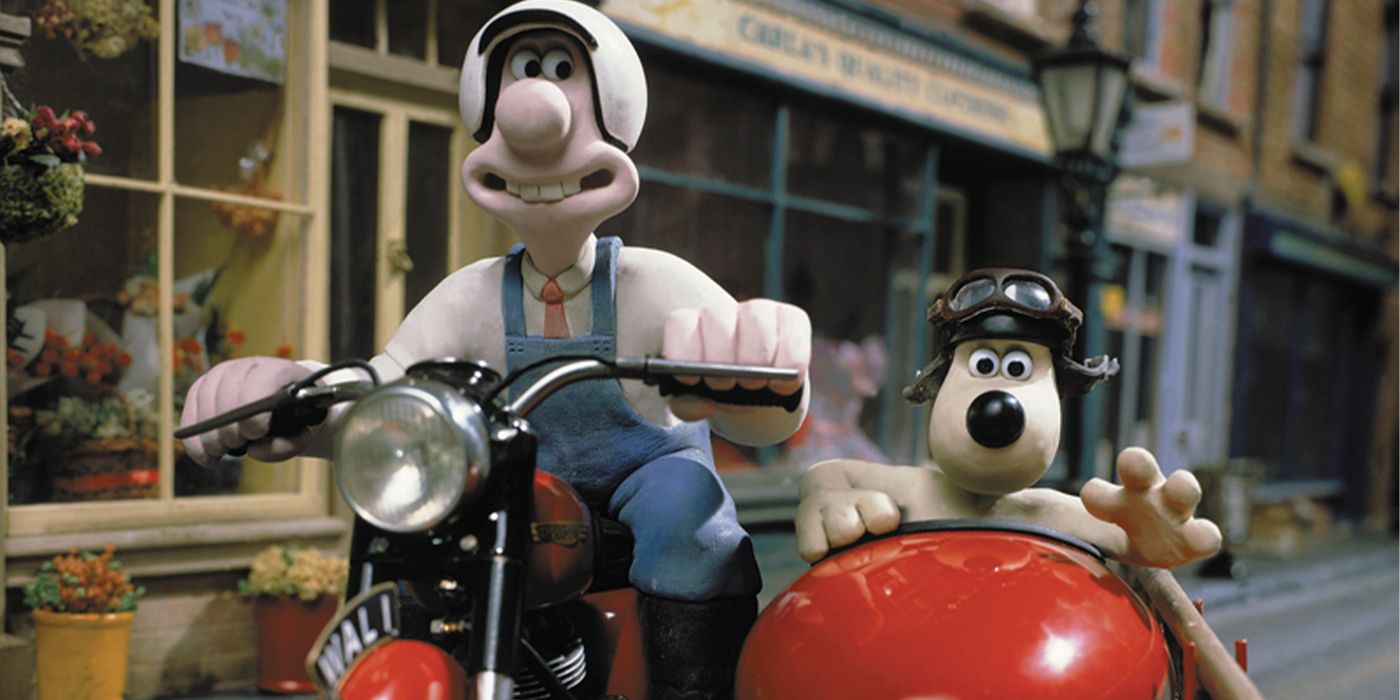
Image via BBC
PARK: So when they do crossover, it’s a joke, really.
Does Wallace & Gromit Use AI?
That human touch is absolutely essential.
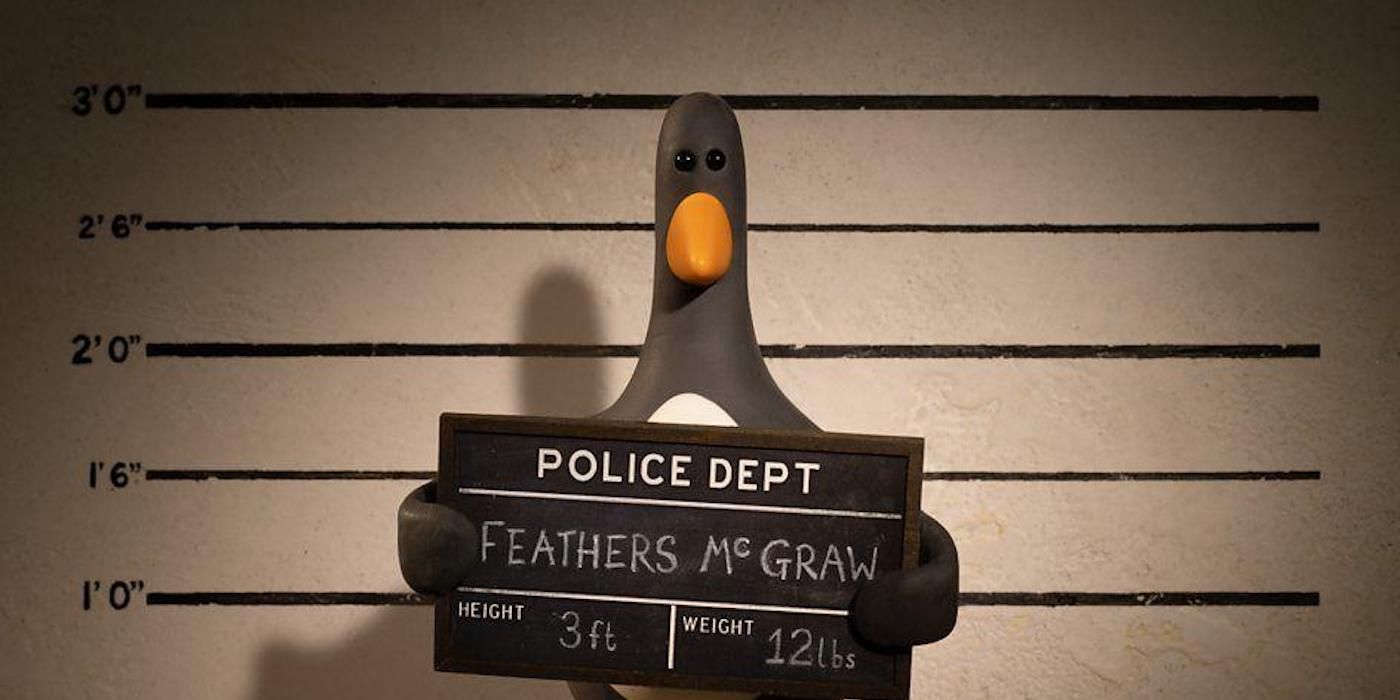
Image Via Netflix
This movie touches on technology and whether or not too much technology is bad.
Does it concern you?
Do you think that there’s a way to use it?
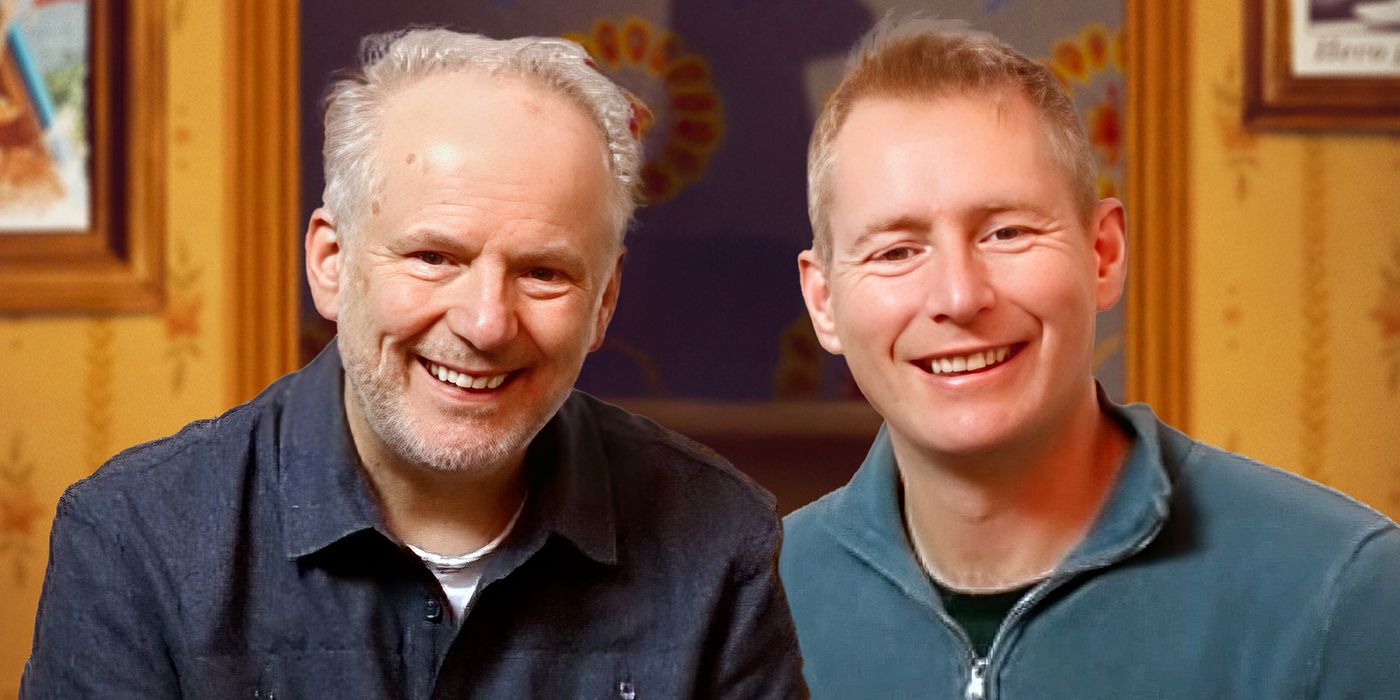
CROSSINGHAM: Well, I mean, it is thematically central to our film.
But I think for us, the quintessential process of stop-motion is craft-based.
And we wouldn’t.
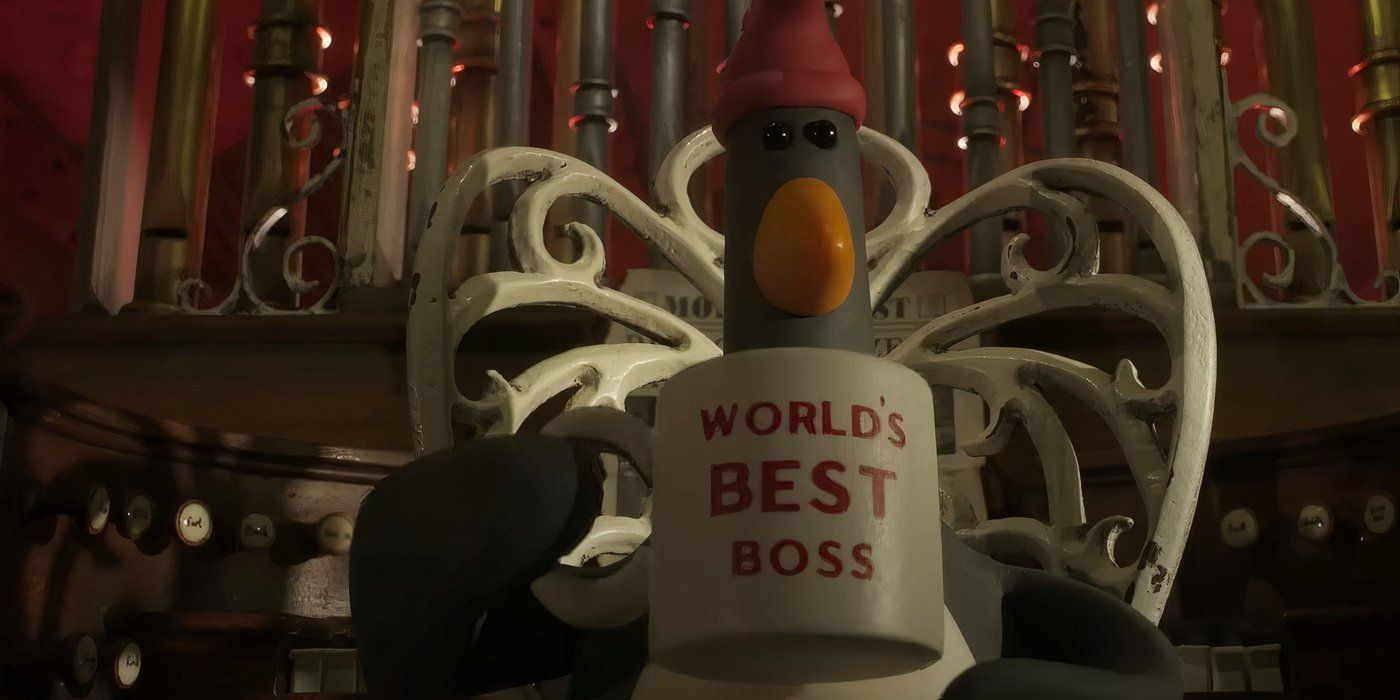
Image via Netflix
I don’t think you could make the kind of films we make.
PARK: That’s very key to our values.
Because it’s the core of your business.
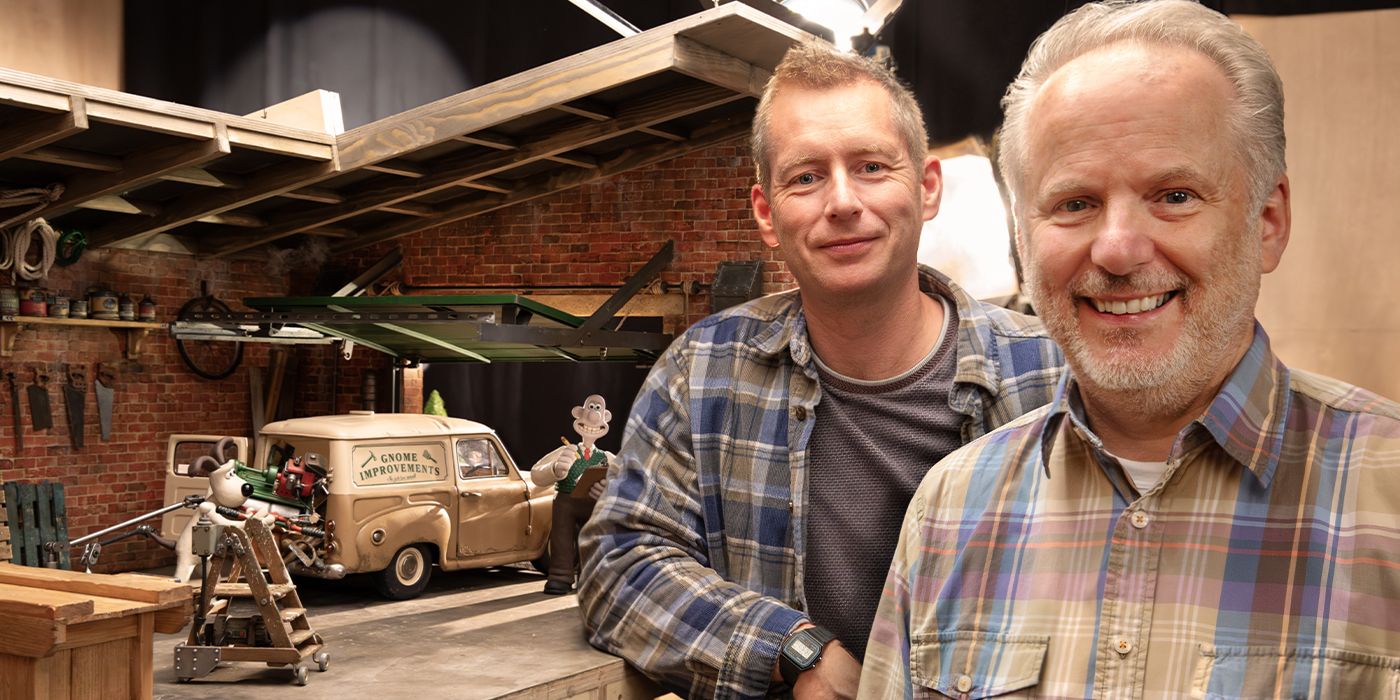
Image via Netflix
Can you address that a little bit or talk about it?
PARK: Yeah, theres kind of a half-truth to that.
I remember reading about it and being like, What the F?
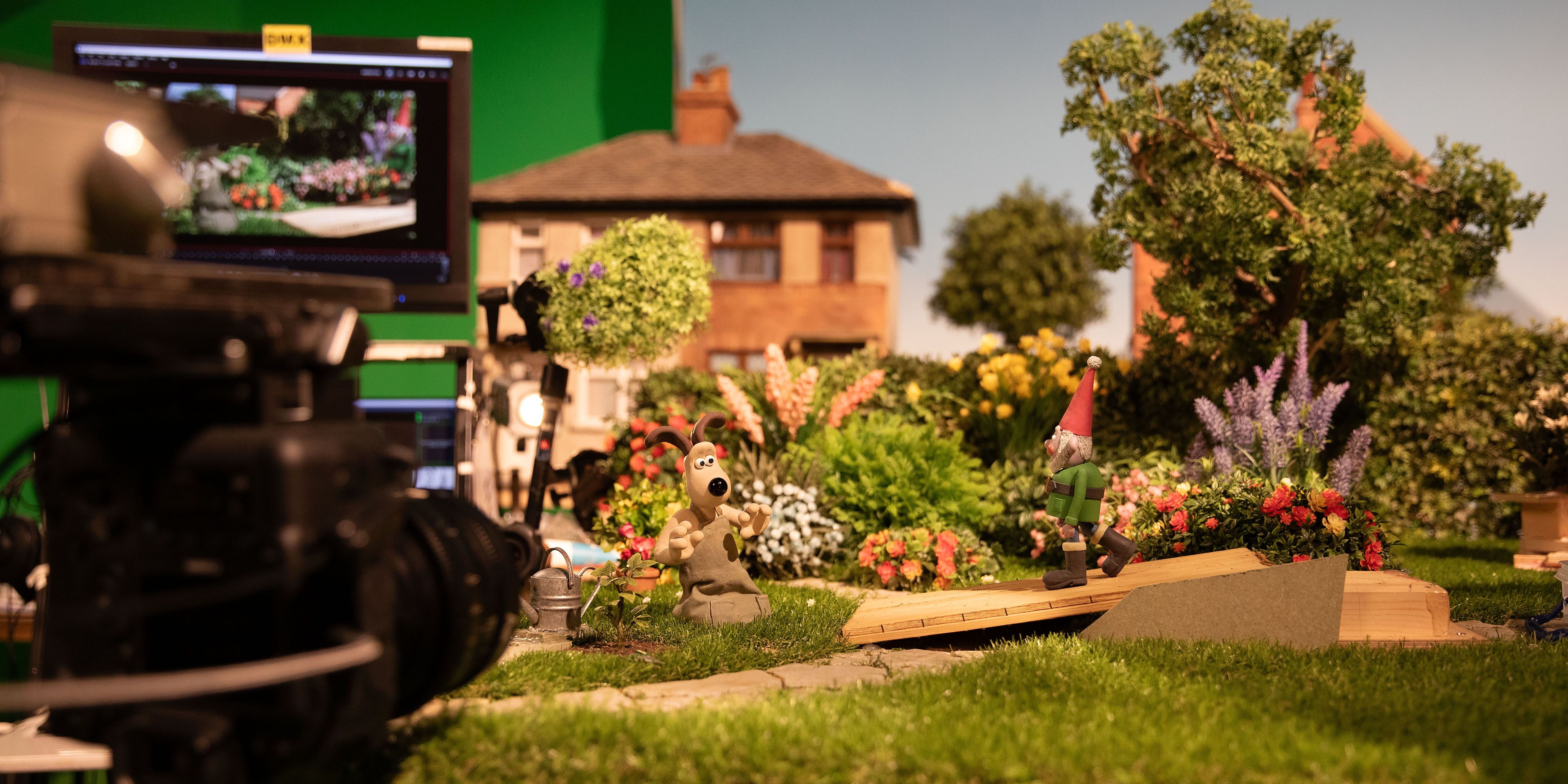
Image via Netflix
This needs to be rectified.
CROSSINGHAM: But it was kind of grounded slightly in truth.
We were delighted that everybody was so worried for us, but don’t worry, everybody.
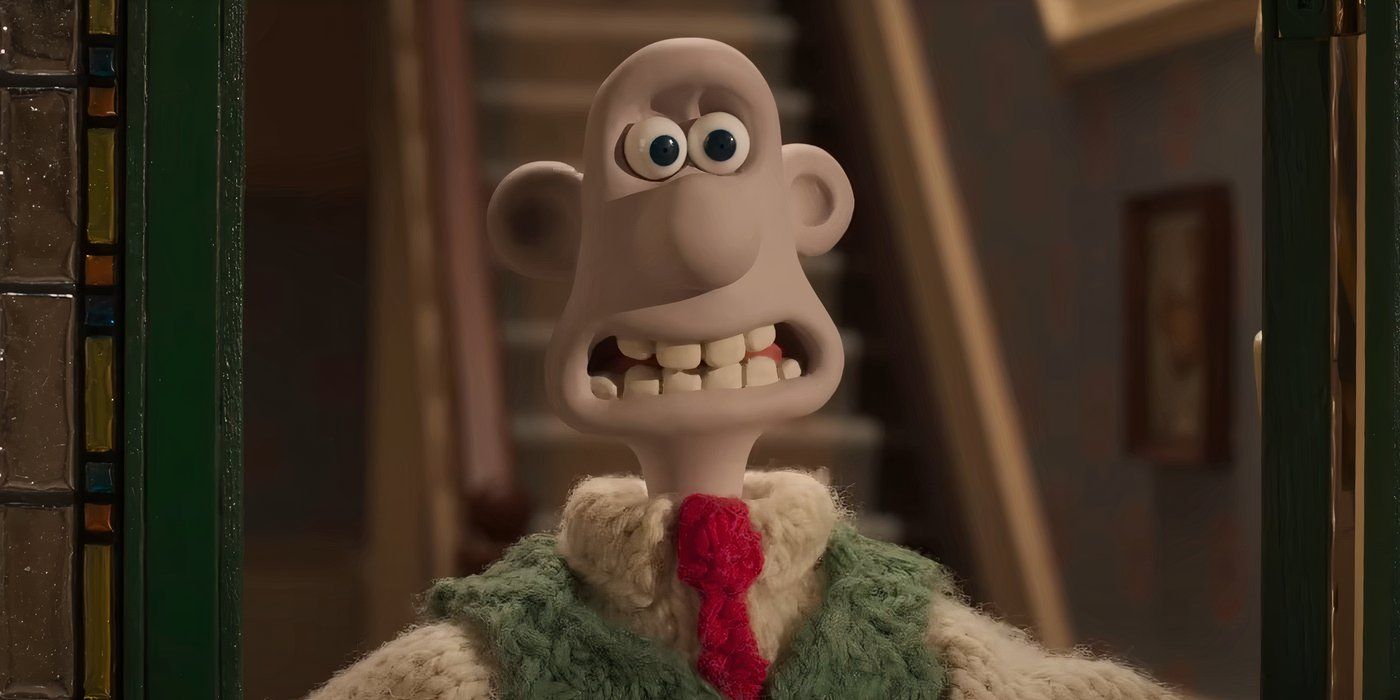
Image via Netflix
It’s going to be fine.
Aardman is the stop-motion studio responsible for ‘Wallace & Gromit’ and ‘Chicken Run.’
If we look at the puppets that you used in the film, it’s not just clay anymore.
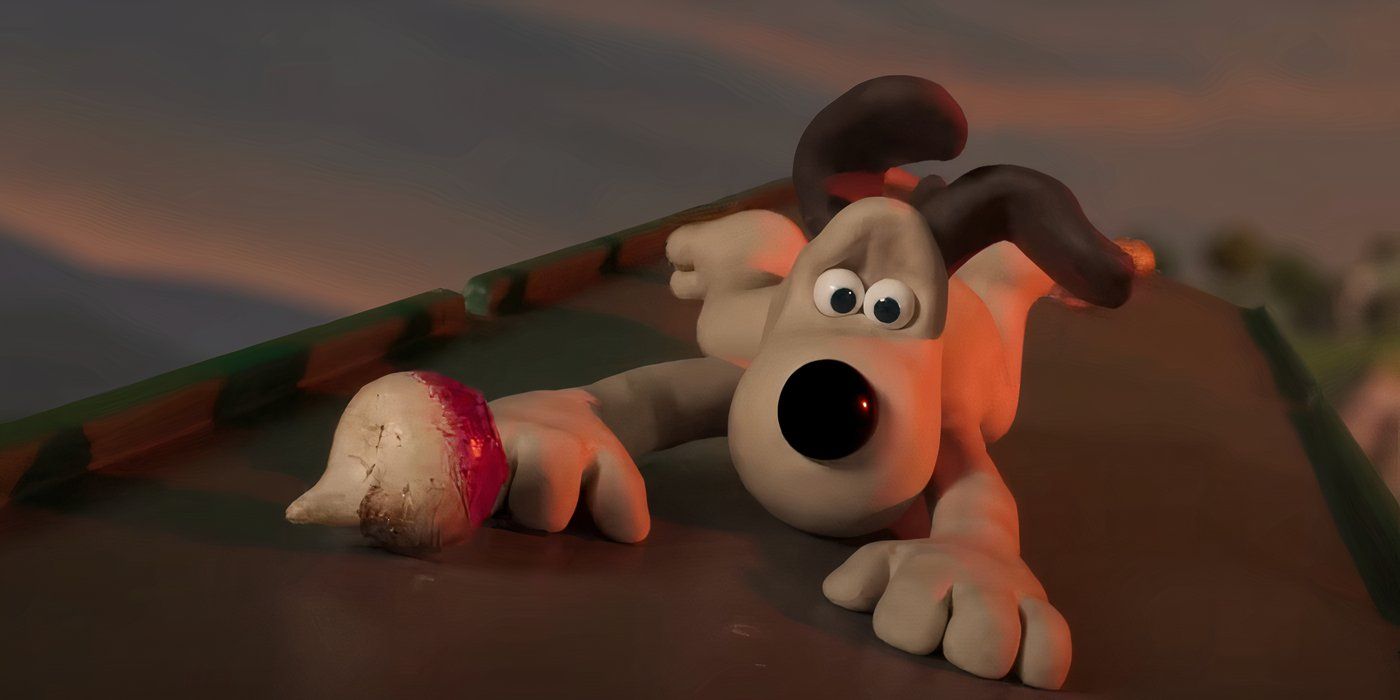
Image via Netflix
There’s more to it.
Can you tell the audience and everyone watching what the puppets are made of?
It just saves a lot of time with sculpting every shot.
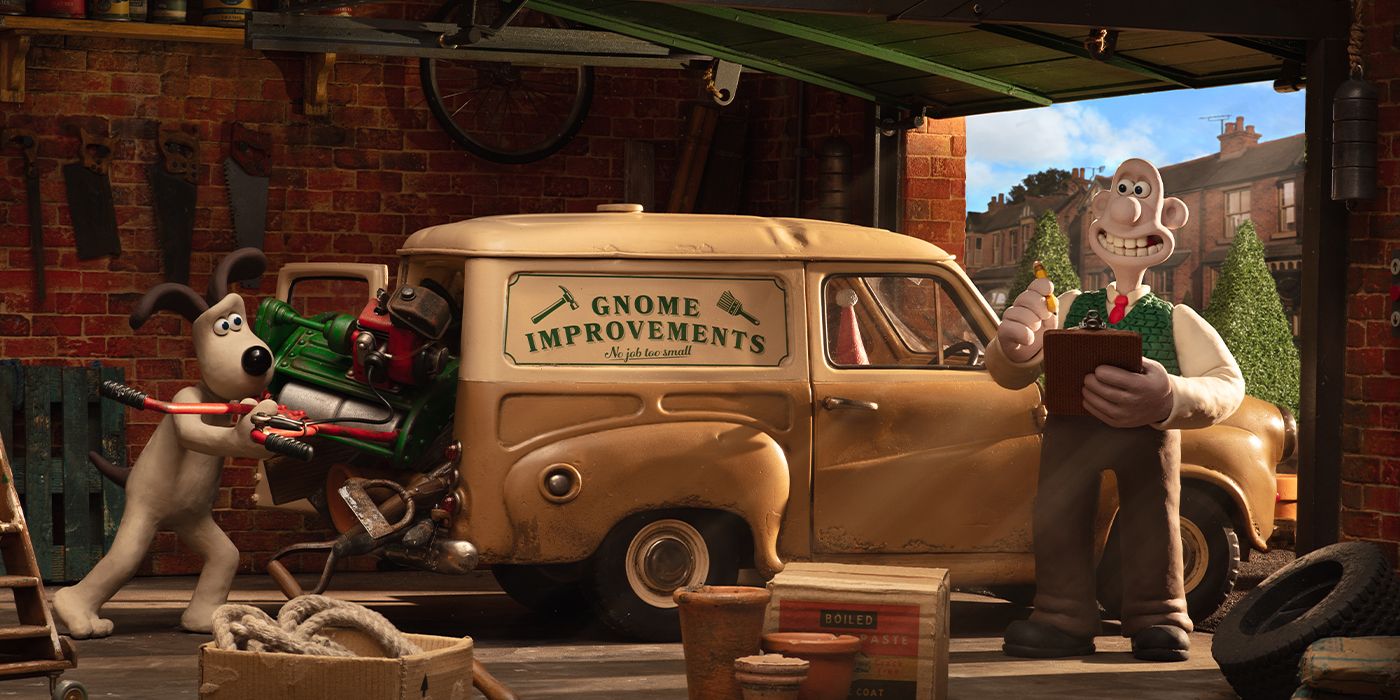
Image via Netflix
PARK: And also, silicone doesn’t serve every purpose.
It’s a production issue, really, how to keep the production going at speed.
It’s just using the best tool for the job.
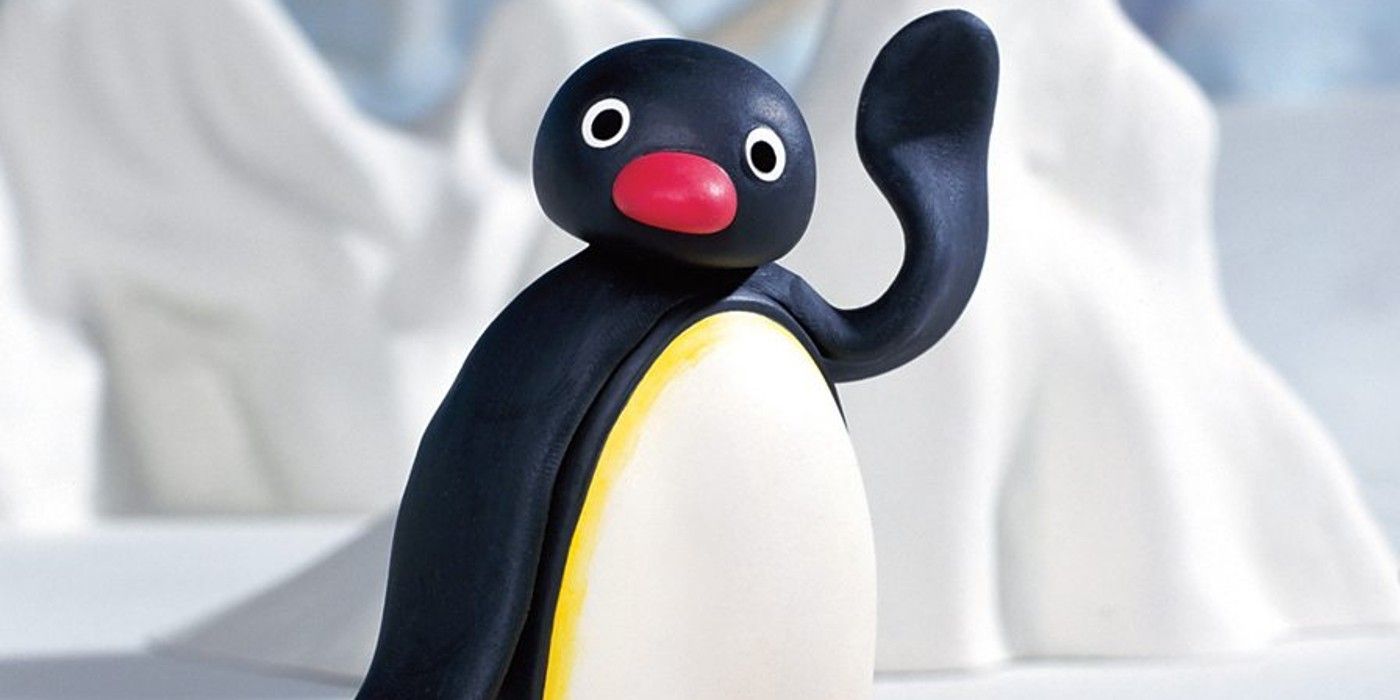
Image via Aardman
So, it’s a balance, a bit like technology, really.
Then, the pairs are partnered for life, and they become Feathers eyes.
But otherwise, he’s clay.
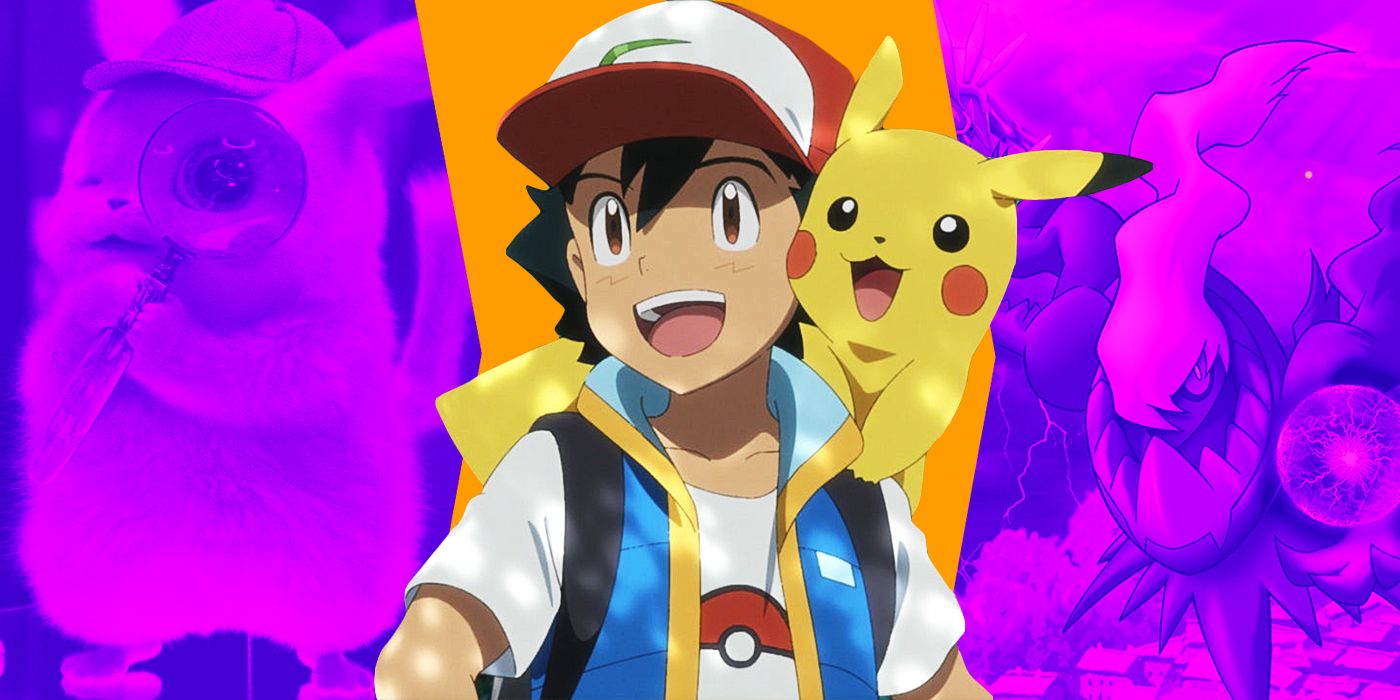
PARK: And his glove, sometimes.
CROSSINGHAM: I’ve just realized something.
We’ve brought a chicken.
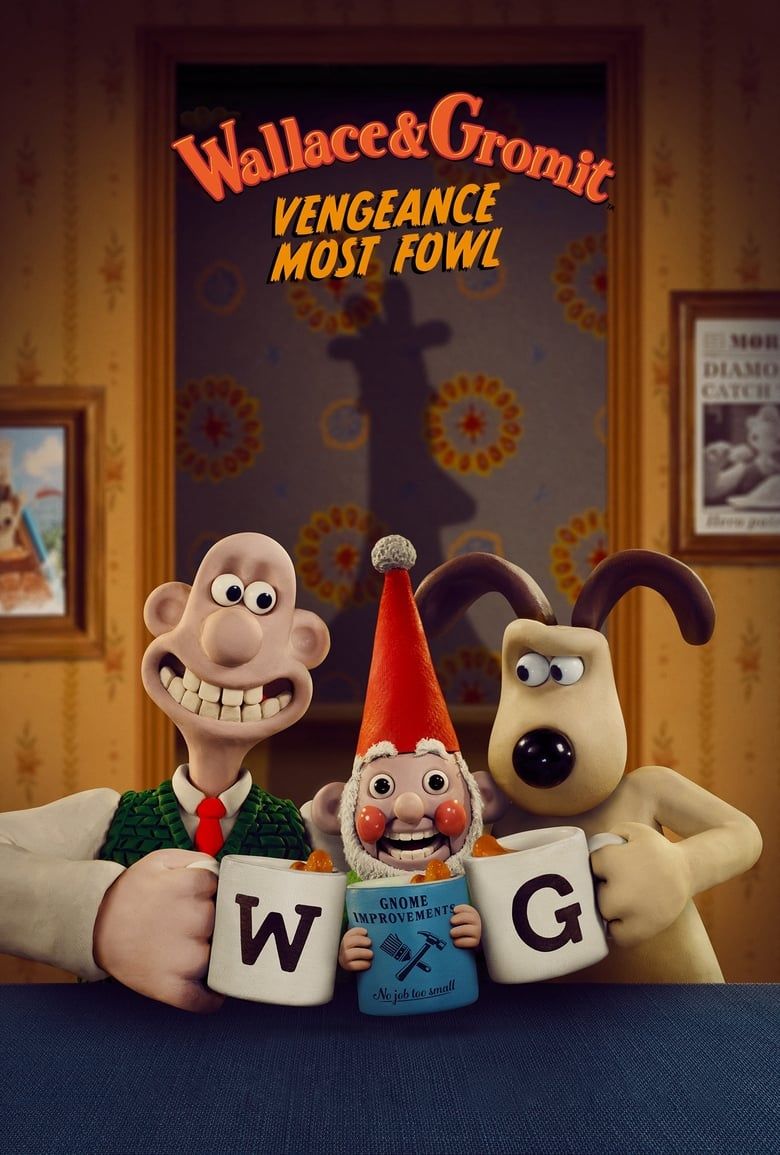
We should have brought Feathers.
CROSSINGHAM: I’ve never known anything different, so for me, it’sgreat.
It’s my first feature.

It is quite extraordinary.
There’s only one way itcango.
[Laughs]
CROSSINGHAM: It can only get worse from here.

It’s very, very, very rare what’s going on in terms of everyone liking it.
I’m sure it’s going to be nominated for an Oscar.
What does this all mean to you?
PARK: We don’t want to count chickens, so to speak.
One can’t assume that will happen but thank you.
And I have to say,it’s a mega year for animated featuresthis year.
It’s really, really heartwarming.
CROSSINGHAM: It’s definitely not funny after four years.
PARK: Yeah, and you start cutting them out or changing them.
CROSSINGHAM: It was funny, glad we kept that in.
Nick, when did you realize these characters really meant a lot to a lot of people?
PARK: Thats a good one.
Actually, I definitely remember Spike and Mike’s Festival of Animation.
A lot of people first saw our work over here in that festival.
Wasn’t itCreature Comfortsthat was in that?
I remember then that, actually, that was the first-ever autograph I ever signed was at that festival.
That really put the films on people’s radar.
I remember, before the internet, getting really moving letters from people.
Thank you for bringing it back.
CROSSINGHAM: Yeah, not just like A, B, C… A whole long string of words.
It was very popular for a little while hundreds of years.
It’s gone now.
Wheres Fluffles?
So someone on my staff asked this question: Wheres Fluffles?
PARK: Oh, somebody asked that the other day!
Well, that’s a great sequel idea.
[Laughs] Thank you.
Was it something you debated?
PARK: We never really got much response about Fluffles, to be honest.
So it’s nice that people are plucking Fluffles.
I want to bring up Peter Sallis, the original voice of Wallace.
PARK: Well, the way it started,he was my first choice, really.
I was a student at the National Film and TV School.
I think I’ve still got the tape somewhere where he goes, Hello, Nick.
[Laughs]
Talk a little bit about Ben Whitehead, who took over for the role.
What was it about, Ben?
How challenging was it to find someone to take over?
That was already there.
It was a really great training ground.
And they knew each other, and Ben had Peter’s blessing, really.
CROSSINGHAM: Yeah, Nick, why?
Writing a film takes ages.
PARK:Chicken Run 2was held up by COVID quite a lot.
CROSSINGHAM: We actually knew what Act Three was before we started filming, which has never happened before.
Hence the 100% on Rotten Tomatoes.
CROSSINGHAM: [Laughs] Yeah, right!
It was a half-hour idea back then, as well.
I just suddenly thought, Feathers is just perfect for this role.
He was a script solution; it wasn’t an effort to exploit more of Feathers.
He was late-breaking into the idea.
Directors Nick Park and Merlin Crossingham dish on the latest Wallace & Gromit adventure.
Was there any big thing where you were like, This is just not working.
We’re gonna have to cut this out?
CROSSINGHAM: There’s always lots of those kinds of things.
PARK: Remember the bangers and mash?
CROSSINGHAM: Yeah, we had a Bangers and Mash-o-Matic.
PARK: Bangers and mash is like sausage and mashed potatoes, a traditional British food.
PARK: …and fire dollops of mash.
CROSSINGHAM: It was going to assault the postman.
PARK: That’s right.
The mash would spin round, and the sausages went into it.
That was good fun.
CROSSINGHAM: It was really funny, but it just didn’t fit in the sequence.
PARK: Well, they don’t have any say.
[Laughs]
CROSSINGHAM: No.
So I was an animator onWallace & Gromit: The Curse of the Were-Rabbit.
They went, La la la, not listening, and we made it happen.
Feathers McGraw Is No Friend of the Animators
The devious mastermind strikes again!
What do you think was the toughest shot in this film?
Was there one that no animator wanted to take on?
CROSSINGHAM: I’d say the hardest shot of the film is probably Feathers shaving.
Thats literally the hardest shot in the film.
PARK: He was tricky, that one.
Seven seconds of animation?
you’re able to normally cheat stuff there’s nowhere to hide in that shot.
PARK: There’s a difference between actual CGI, actual animation, that’s generated on the computer.
CROSSINGHAM: For characters.
PARK: But no characters.
All the characters are stop-motion like these.
That kind of thing.
And a lot of fixing afterward if a shot goes wrong or there’s a bit of a fingerprint.
We love the fingerprints.
We actually asked the digital guys not to take the fingerprints off because they can so easily do that.
PARK: With the stop-motion feel.
So the water is a really good example.
Those kinds of subtleties are not necessarily appreciated.
Everyone thinks, Oh, digital, it’s possible for you to do everything.
It’s not always the case.
We have been pushing those kinds of boundaries, as well.
PARK: Sometimes, it’s an economic thing to speed up the stop-motion.
So there’s often digital cleanup and fixing stuff on almost every shot.
One of the big questions from our producer was when we were locking down our story rail.
Because we are going to have to make some sort of efficiencies elsewhere in the film.
And we said, Yes, we do.
So we did have to cut a cloth accordingly.
The thing we most chopped off was time, really.
That’s what gets you in the end, so it’s always a discussion.
As directors, well always push for more and more and more.
That’s kind of our jobs.
Do we really need this in the film?
And if we don’t, then why are we doing it?
Is this an impossible shot?
PARK: Yeah, make them believable.
Youre ruining it for me.
Don’t analyze that from an engineering point of view.
PARK: It falls apart.
We did tests for ourselves, didn’t we?
When was it funny?
Sometimes we want to know when it is funny, as well so you don’t chop it out.
But it was off our own bat, really, wasn’t it?
What condition of the film are you showing?
Are you showing storyboards?
Are you showing rough animatics?
Then the rest was fairly slick animatic story reel, all the way through the whole film.
PARK: You have to ensure the animatic looks good, and in color.
CROSSINGHAM: For some people they just can’t watch an animatic and engage with it.
For some people, it just doesn’t work, executives included.
But you have to go through that.
I mean, for us, it’s just such a natural way of progressing your idea.
For us, it’s a normal way of making film.
What was the last sequence or scene that you ended up cutting out before getting to animation?
I’m assuming nothing was animated and then deleted?
PARK: Actually, there was.
We lost about five or six shots out of that, I think.
CROSSINGHAM: That were animated already.
So, our animators will overshoot by eight or 10 frames on the beginning and in the end.
So, that’s unavoidable.
But as Nick says, we lost about five shots, but we really attempt to avoid that.
Did you have a sequence or scene that came really close to being in the movie?
PARK: There probably were.
It’s pretty hard to remember.
You go through so many different cuts.
CROSSINGHAM: It was a long time ago.
We had a little bit of an action sequence with some rowing boats on the canals.
That was in until before we started sort of reining in Act Three.
So we sort of focused the idea.
PARK: We always start by piling every idea in, every joke.
I remember on the British canals, you have these locked gates.
We never actually boarded, though, actually, did we?
It was just an idea that was in there.
CROSSINGHAM: It’s a very slow and tedious process.
PARK: It’s going to be one of those jokes like the fast and slow barge joke.
CROSSINGHAM: I think that was the thing.
It was too similar to that, wasnt it?
PARK: It was, really.
It was in danger of repetition.
Did You Spot These Wallace & Gromit Easter Eggs?
It might not seem like it, but we do police the puns.
CROSSINGHAM: Well, there is a lot.
We do take every opportunity to put extra things in, even on the day.
And on the other side, its the Lancashire border and says, No, You Keep Out!
on the other side.
So, I like that.
There are other things.
So its essentially saying theres no cake allowed to cross the border.
[Laughs]
PARK: Its a very local joke.
CROSSINGHAM: A very, very local joke, but I love that it’s such a specific joke.
That joke is for five people, and five people are going to lose their minds.
The whole of Yorkshire fell apart laughing seeing that on Christmas Day.
What about on the submarine?
But it’s all those kinds of things.
We have a lot of in-jokes even within the production.
PARK: A lot of references.
A lot of film references, as well, like Captain Nemo and20,000 Leagues Under the Sea.
CROSSINGHAM: We should.
The music that’s on there isn’t the Four Seasons…
There’s the Four Cheese suite of music.
So things like that, which I find funny.
It might not seem like it, but we do police the puns.
I don’t think you do.
CROSSINGHAM: [Laughs] No, no!
There are some really bad ones.
The animator, Raul [G. Eguia] spelled out his son’s name on those keys.
CROSSINGHAM: Just for fun.
Just because he could.
Collider’s “Grand Day Out.”
Sometimes, if it’s a wet weekend, you’ll get a bigger box office.
But, yeah, it’s like 170-something countries around the world.
I think everyone in this room is a fan of stop-motion movies.
What do you think would surprise everyone to learn about making a stop-motion film?
There’s so much to do, whether you’re an animator or a set dresser or the director.
PARK: Its our friends and families that need the patience, really.
CROSSINGHAM: [Laughs] Yeah.
PARK: It’s so demanding, the whole thing.
3D printing has really helped animated films.
Can you talk about what 3D printing has done for you guys?
CROSSINGHAM: We have a 3D printing lab, so we will use 3D printing for repetition of props.
We’ll hand-make the first prop, 3D scan it, and then replicate it if we need to.
But actually that doesn’t get used as much as the internal workings of the puppets.
A lot of the frameworks, and actually the molds for casting, are now 3D printed.
So rather than making 3D components, we’ll use 3D printing to be the master for the components.
So, for us, that’s been the biggest thing is external pieces.
Norbots head is 3D printed.
But I think that’s the only component on the puppets externally that is.
How many 3D printers do you have at the office?
CROSSINGHAM: Thirty or so.
PARK: They used it quite a bit onPirates!
[Band of Misfits], didn’t they?
CROSSINGHAM: That was when the technology was in its infancy, and they were like car-sized things.
Now, theyre whatever size you need them to be.
Whats Next for the Wallace & Gromit Creators?
Aardman has quite a few exciting projects in the works.
What else are you guys working on at the office?
PARK: We’re always developing something back at the studio.
CROSSINGHAM: So there are things wecantalk about and things wecan’ttalk about.
The things we can talk about is theres a newShaun the Sheeptelevision series in production.
PARK: Just finished.
CROSSINGHAM: Just finished.
PARK: Just finished shooting.
CROSSINGHAM: We dont know.
I don’t think it is.
PARK: We haven’t been involved in that.
CROSSINGHAM: No, I don’t know who.
Is it coming out this year?
It will be coming out this year.
Wait, we need to pause right there.
I’ve heard this Pokemon is kind of popular.
Did you go to them?
Did they come to you?
PARK: We haven’t even seen any of it yet.
CROSSINGHAM: No, we’ve not seen any of it.
This sounds very cool.
Gotta catch these films!
So we’ll be going to production on, as well, through Aardman.
Is that a short?
CROSSINGHAM: It’s a preschool television series.
Are people currently animating a feature that has been unannounced?
CROSSINGHAM: Not at this time.
So this year it’s gearing up.
So, we just finished in the studio.
PARK: In fact, we’re just waiting for the green light on the next thing.
Wallace & Gromit: Vengeance Most Fowlis available to stream on Netflix.
Don’t miss out onCollider’s next screening events there’s a lot more to come in 2025!
Your Rating
Your comment has not been saved
Cast
Watch on Netflix